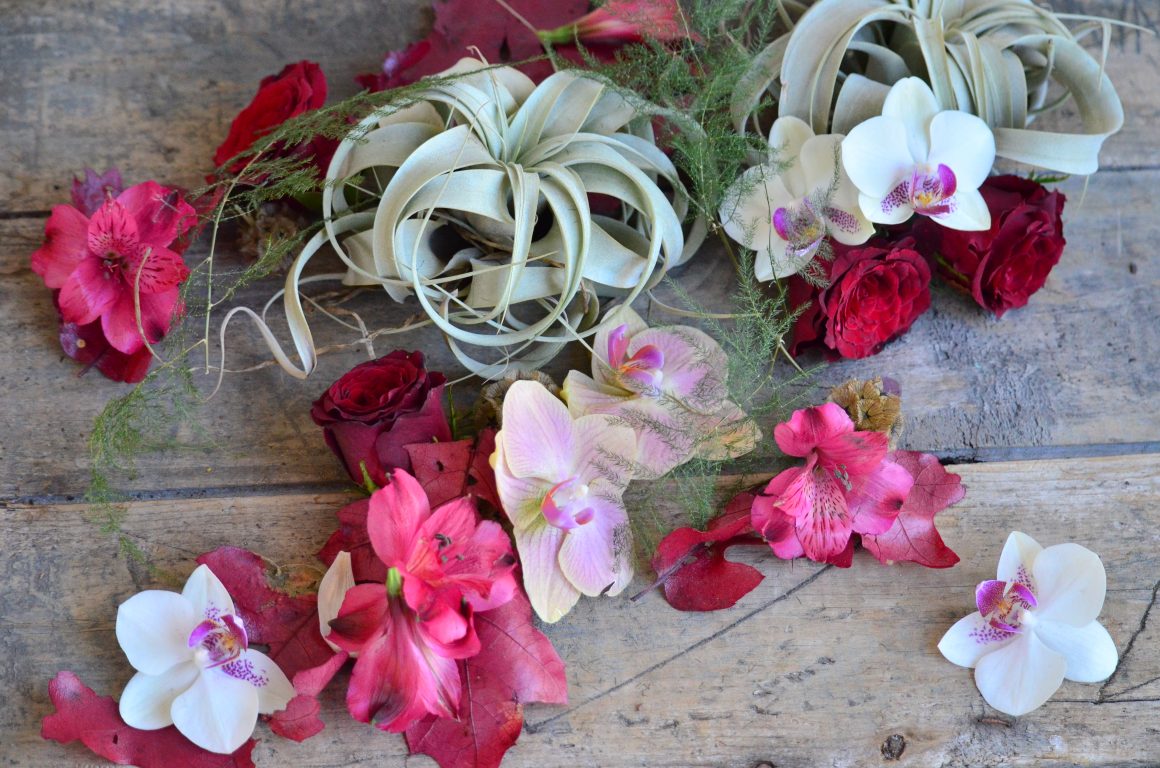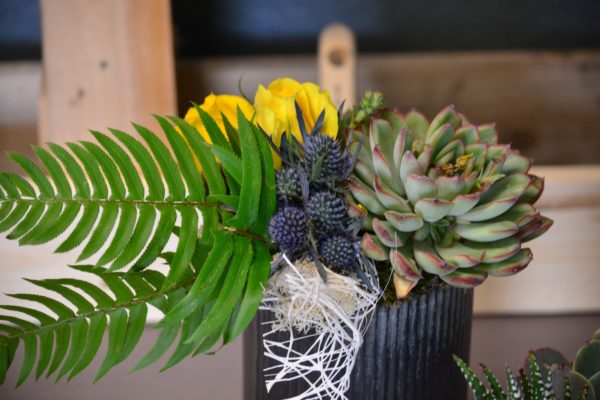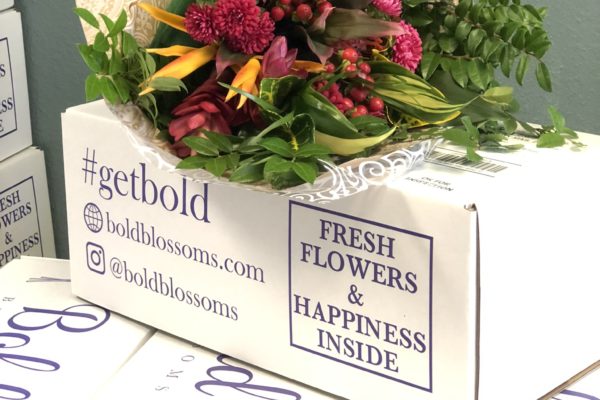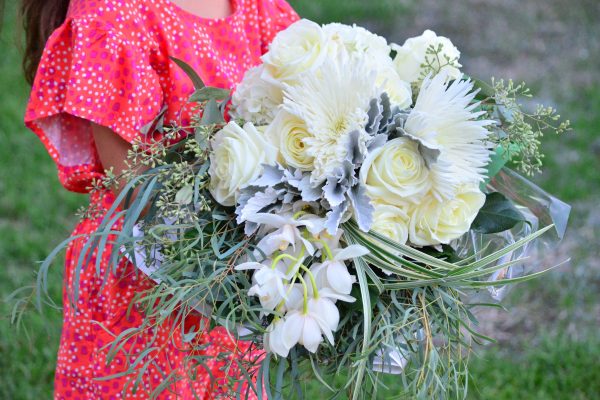
First a brief history lesson: The fossil record shows evidence of flowering plants 136 million years ago, according to paleobotanist James A. Doyle in a 2009 “New York Times” article by Carl Zimmer. Flowers diversified approximately 120 million years ago, leading to many of the varieties we recognize today.
Overall location: Most cut flowers are grown in warm climates that allow flower production throughout much of the year. Within the United States, 75 percent of cut flowers are grown in California, with a small percentage produced in Washington, Florida, and Hawaii. Significant numbers of cut flowers are imported, particularly from Colombia, Ecuador, and Holland.
People often wonder about their flowers’ country of origin in terms of how far they are traveling. Distance from country of origin doesn’t have to be a deal breaker to enjoy them. Shipping methods now-a-days have given us the ability to enjoy flowers from across the world. Well, as long as the cut flowers are processed and packaged properly, shipped efficiently and they must be kept at the proper temperature all along the flower chain. Taking proper care of cut flowers at each step of the process, from harvest to home, goes a long way toward providing fresher, longer-lasting blooms.
Just for fun, let’s take a look at some flower facts…
Below are the 15 countries that exported the highest dollar value worth of flower bouquet during 2017 based on the World Export sight:
- Netherlands: US$4.4 billion (of exported flower bouquets)
- Colombia: $1.4 billion
- Ecuador: $881.5 million
- Kenya: $540.9 million
- Ethiopia: $196.6 million
- Malaysia: $107.5 million
- China: $103.8 million
- Italy: $98.2 million
- Belgium: $89.6 million
- Germany: $72.2 million
- Thailand: $70.9 million
- Israel: $68 million
- Lithuania: $65.2 million
- Canada: $58.2 million
- United Kingdom: $51.2 million
By value, the listed 15 countries shipped 93.3 of all flower bouquet exports in 2017.
Now to take things a little further… what flowers are from what country?
- Colombia: Rose, Carnation, Chrysanthemum
- Ecuador: Rose, Gerbera, Sunflowers, Asters, Gypsophila
- California: Rose, Gerbera, Iris, Lily, Hydrangea
- Holland: Tulips & Spring bulb flowers
- Kenya: Rose, Carnation, Alstromeria
- Ethiopia: Rose, Summer Flowers
- China: Rose, Orchid, Carnation, Lily, Chrysanthemum (Daisy)
- India: Rose, Carnation, Chrysanthemum, Gladiolus, Lily
- Japan: Chrysanthemum, Magnolia
- Malaysia: Rose, Chrysanthemum, Carnation
- Vietnam: Rose, Chrysanthemum, Gladiolus, Orchids
That’s just a small list, from MANY sources.
Interesting to see the global dominance of the Rose, Carnation & Chrysanthemum, probably the most traditional flowers in the floral industry.
Now we can’t leave out the US in flower production. As I mentioned, 75 percent of cut flowers are grown in California. Just a generation ago, the answer to where your flowers are from probably would have been from one of a myriad of flower growers throughout Colombia, Ecuador, or perhaps from Holland.
But, just as America’s taste in flowers is shifting from traditional Chrysanthemums and Carnations to more unique specialty blooms, so has their place of origin been changing in recent years. California is still America’s top cut flower producer, with Florida second for flowers and foliage. But, despite their long history of quality fresh flower production, many growers are struggling to keep up with foreign competition. In fact, foreign imports dominate today’s flower market, in some cases accounting for 85% or more of all domestic sales within a particular category.
That may be good news for consumers, because it means an increasingly plentiful supply of beautiful fresh flowers from around the world throughout the year. But, it’s a challenge for domestic producers, many of whom are already facing higher costs than their offshore competitors.
Overall, this should teach you that enjoying your flowers is a must because it is quite the process to get them, from wherever they originated. Next time you glance at a bunch of flowers — on someone’s desk, at your local florist, or wherever you are — ask yourself where they came from. And why not enjoy flowers more in your home? Say Monthly! We can certainly help with that- check us out!





